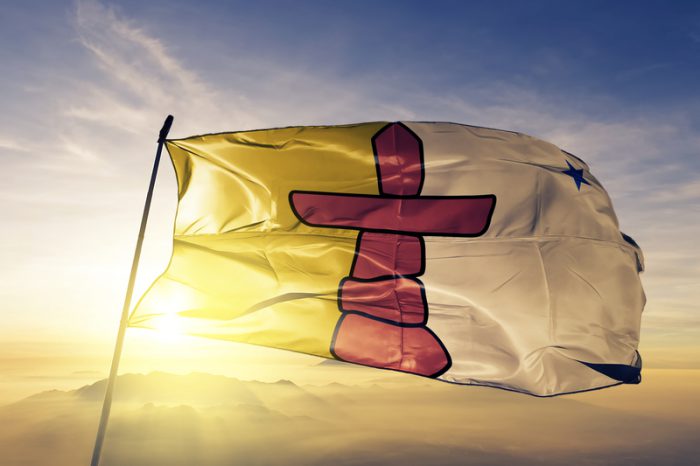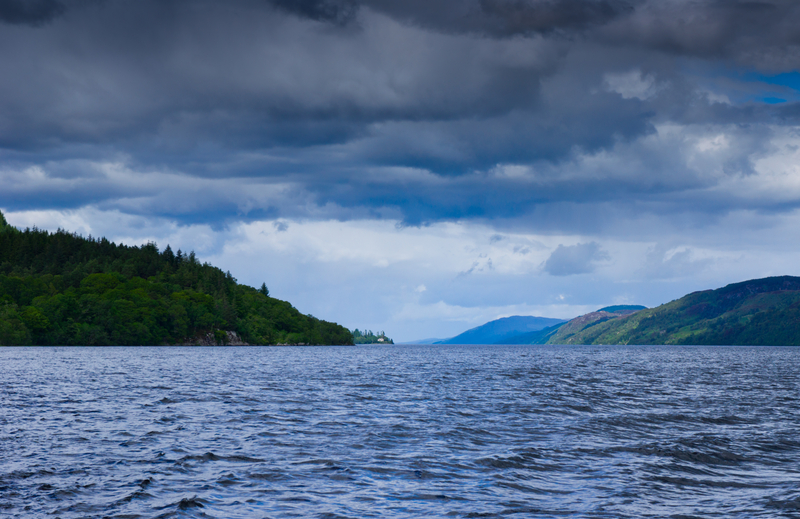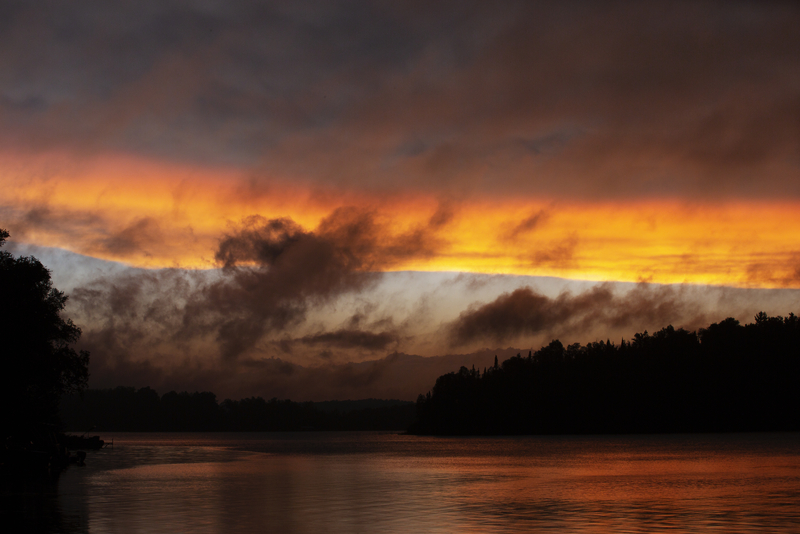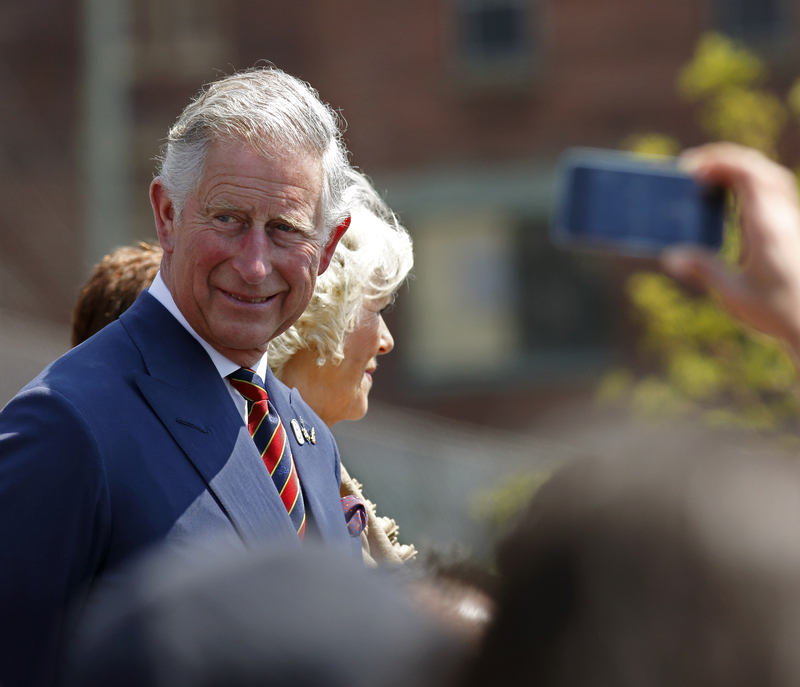On April 1, 1999, the eastern half of the Northwest Territories was turned into Canada's newest territory.
Nunavut.
Inuit leaders lobbied the Canadian government for many years for this change. And it worked—an amazing moment for Indigenous rights in Canada.
The creators of Nunavut had some big ideas in mind at the time. Twenty years later, OWLconnected looks at where the territory is and where it hopes to be.
Self government and culture
A view of Iqaluit, Nunavut's capital city. (Getty Embed)
The main reason for the formation of Nunavut was to give Inuit a chance to form their own territorial government. This would then give them greater control over their own land, its laws, and its resources.
For example, the territory is rich in resources like oil, gas, and minerals. Greater control meant that more of the jobs and money from these resources would benefit the Nunavummiut (say NUH-nah-VOOM-yoo-it, the name for Inuit of the territory).
Self-government was also meant to protect culture, especially the native language, Inuktitut. It was hoped that it would now be easier to protect traditional ways of life, such as hunting and fishing rights that the Inuit have sustainably practiced for thousands of years.
How has it worked out?
Airplanes are the main way of getting people—and supplies—from town to town in Nunavut. (Getty Embed)
The formation of Nunavut has brought huge victories. But not everything has gone as hoped.
On one hand, Nunavut is the fastest growing territory or province in Canada. Its capital, Iqaluit, had a new $300 million airport open in 2017, while a new multi-million dollar seaport is being built there as well. (These are both very important since air and water travel are the only ways to get from town to town—Nunavut towns aren't connected by a highway system.)
On the other hand, the employment opportunities and language protection haven't yet happened in the way that people have hoped. More training and funding are needed. More teachers who speak Inuktitut are needed as well. And items that most Canadians take for granted—such as clean water and affordable groceries—are more of a challenge to come by in Nunavut.
Takes time
Nunavut's premier Joe Savikataaq is working to improve opportunities across Nunavut. (Getty Embed)
Part of this comes down a simple truth: Nunavut is one of the most northernly regions in the world. And despite being nearly the size of Mexico, its total population is only around 38,000 people. Providing services and resources across so huge an area—and one without roads—is an expensive task.
How does Nunavut figure out the best way to provide these services? These are the challenges of a part of Canada that is both home to its oldest population and its newest territory. Both the territorial and federal government need to improve the schools and job opportunities in Nunavut, so that its people feel in control of their future in a modern Canada.
But as Nunavut cabinet minister Manitok Thompson put it to CBC, "I'm not disappointed, you know, because it takes a lot to build a government. It takes years to get to the point where it's become very well-oiled machinery."
An example of the sorts of changes needed? A record-high numbers of students are now enrolled in a Nunavut teachers college that can bring Inuktitut back to its people. And around Canada, many people are rallying around the causes of Indigenous people, such as their rights to education and clean water.
 Nunavut celebrates its first twenty years this week. (© Oleksii Liskonih - Dreamstime.com)
Nunavut celebrates its first twenty years this week. (© Oleksii Liskonih - Dreamstime.com)










I did not know that Nunavut Was only 20 years old!!!! Well then, HAPPY BIRTHDAY NUNAVUT!!!!!!!!!!!!!!!!
i used to live there! the wildlife is amazing! when i saw the Nunavut flag as the thumbnail, i clicked on it, and it was good to get the latest news about whats happening in Nunavut.